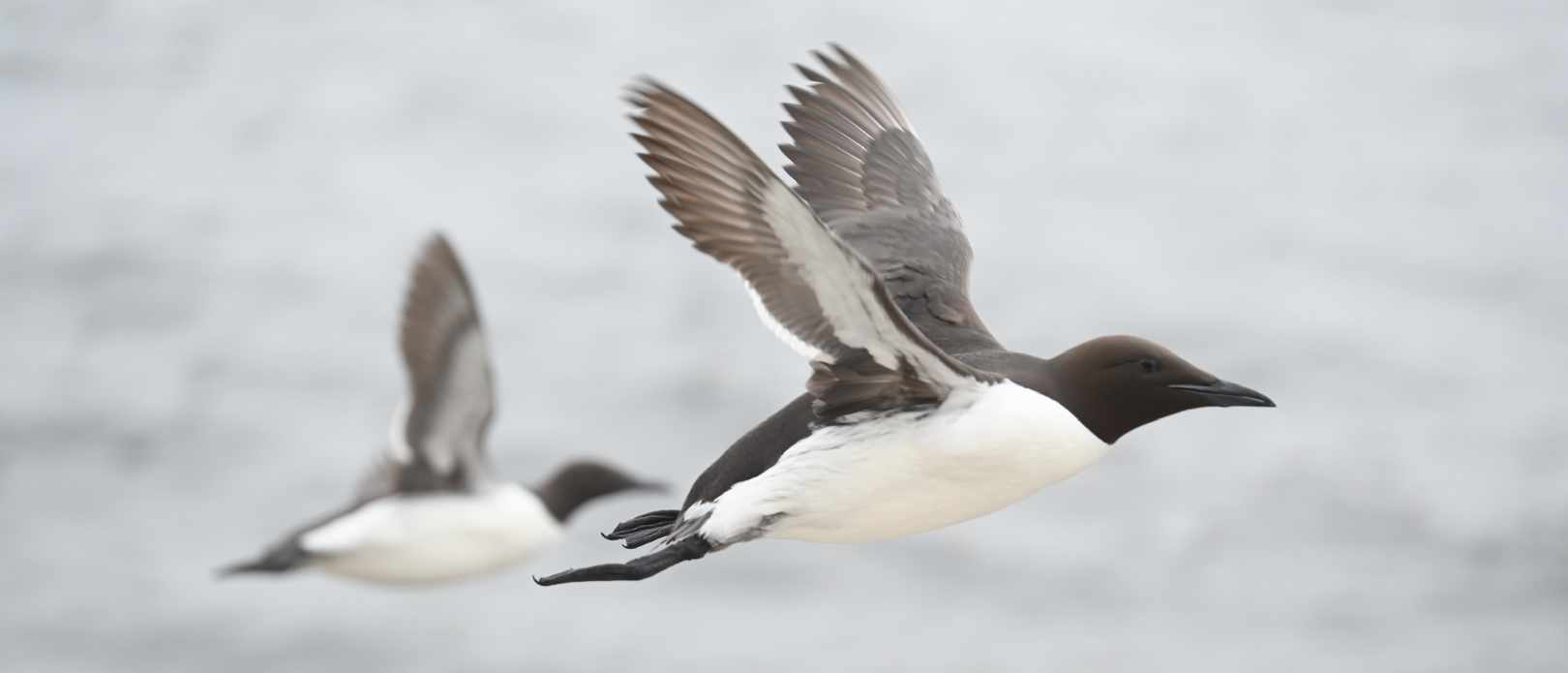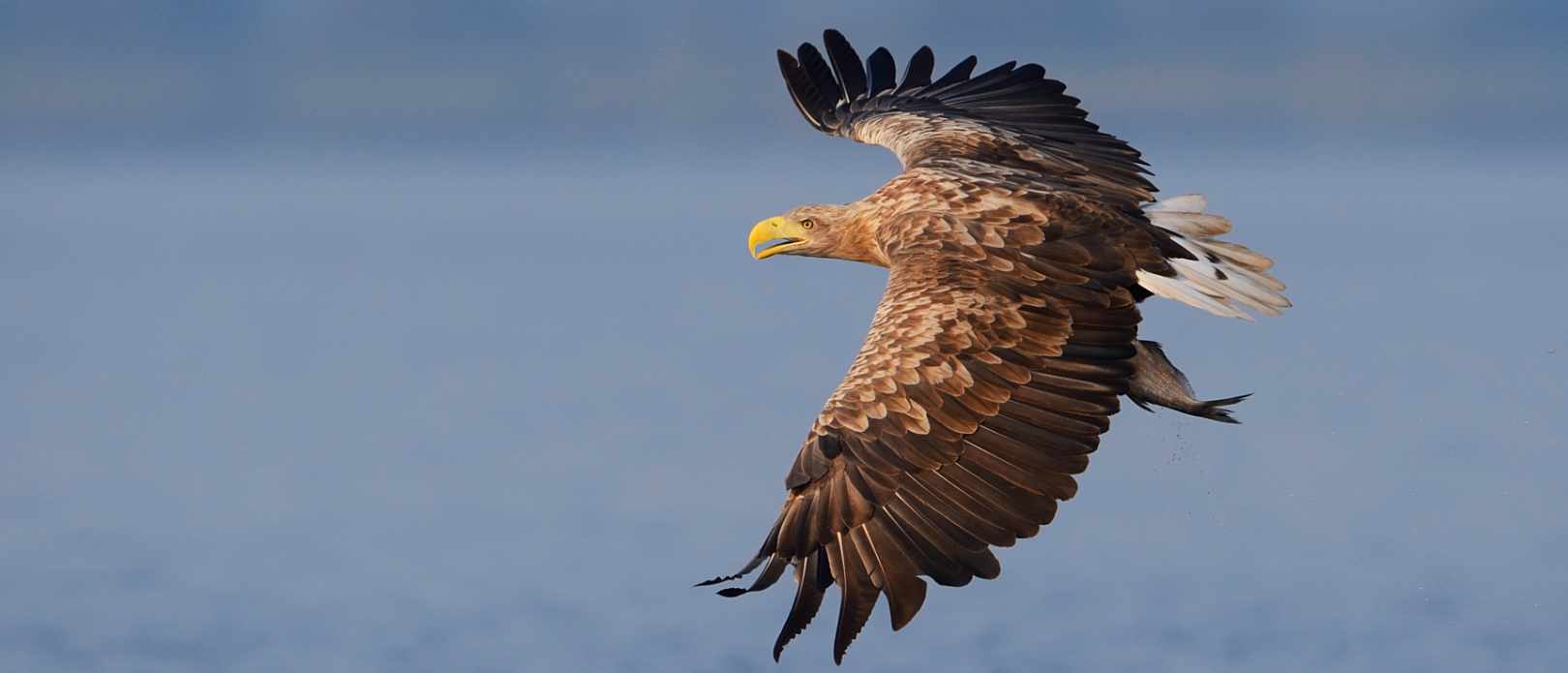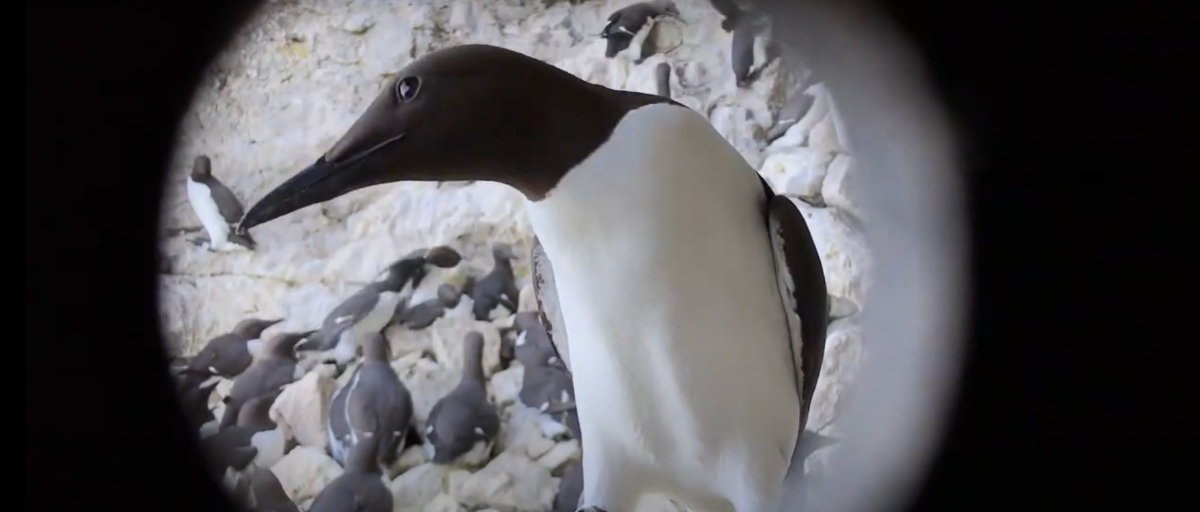COVID-19
Pandemic lockdown reveals humans as both threats and custodians of the environment

A study in Biological Conservation has considered the various effects the lockdown had on the environment. One study of the seabird colony found on the Swedish Baltic island of Stora Karlso showed that the absence of tourists during the initial stages of the pandemic led to a seven fold increase in sea eagles. Photo: O. Olsson
Nature may have received some respite during lockdowns, but there were negative effects too
- The global lockdown to mitigate the spread of COVID-19 altered human interactions with nature
- The lockdown provided an unprecedented opportunity to examine the multi-faceted links between human activity and the environment
- Analysis of 877 qualitative reports and 332 quantitative assessments from 89 different studies reveals dual role of humans as both threats and custodians of the environment
A SERENDIPITOUS GLOBAL EXPERIMENT: We all remember the beginning of the pandemic. It seemed as if nature was returning to reclaim many of the spaces taken over by humans. Villagers in Wales watched sheep pushing each other on a roundabout in a deserted children's playground. Peacocks were photographed roaming the streets of Dubai, with no a car in sight. And fish returned to the suddenly crystal clear water in Venice’s canals.
With people all over the world confined to their homes, the global lockdown to mitigate the spread of COVID-19 certainly altered human interactions with nature.
It also provided a unique, quasi-experimental opportunity to test the prevailing assumption of humans as primarily harming biodiversity.
Was lockdown overwhelmingly positive for nature, or did the absence of people reveal a different role for us?
Unprecedented opportunity
A study in Biological Conservation led by Amanda Bates from the Memorial University of Newfoundland analysed 877 qualitative reports and 332 quantitative assessments from 89 different studies that considered the various effects the lockdown had on the environment. Centre researcher and advisor Olof Olsson was one of the co-authors of the paper.
The COVID-19 lockdown provided an unprecedented, serendipitous opportunity to examine the multi-faceted links between human activity and the environment, providing invaluable insights that can inform conservation strategies and policy making.
Amanda Bates, lead author
In addition to the well documented benefits, negative effects of lockdown on conservation also emerged.
Economic insecurity in rural areas led to an increase in unregulated and illegal hunting and fishing. Declines in ecotourism in and around national parks and other protected areas lowered local revenue, park staffing, and funding to enforce hunting restrictions and invasive species management programs. In many areas, restoration projects were postponed or even cancelled.
Effects on iconic seabird colony
Negative effects of lockdown also emerged in more surprising places.
One such example in the paper was based on research on an iconic seabird colony found on the small Swedish Baltic island of Stora Karlso.
The research discovered that the absence of tourists during the initial stages of the pandemic led to a seven fold increase in sea eagles.
These sea eagles scared off and reduced the breeding success of cliff-breeding common murres by 26%, revealing a previously unknown guarding effect by tourists on this iconic colony.
“The results highlight the need to view humans as intrinsic parts of ecosystems and call for more of a social-ecological systems perspective in biodiversity conservation efforts in general,” says co-author Olof Olsson.
A crucial dual role
Meanwhile, the wider study led by Bates provides a striking illustration of how in addition to the threat we pose to nature, humans can also act as custodians of the environment.
“Although the net effect of the lockdown will need to be assessed over the years as the data becomes available and persistent effects emerge, the initial quantitative and qualitative data arising from this study highlights the dual role humans play in threatening and protecting species and ecosystems,” the authors conclude.
Bates, A.E., Primack, R.B., PAN-Environment Working Group, Duarte, C.M., et.al. 2021. Global COVID-19 lockdown highlights humans as both threats and custodians of the environment. Biological Conservation, https://doi.org/10.1016/j.biocon.2021.109175








